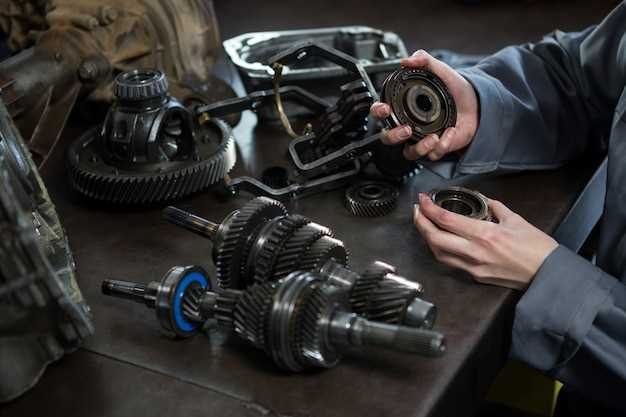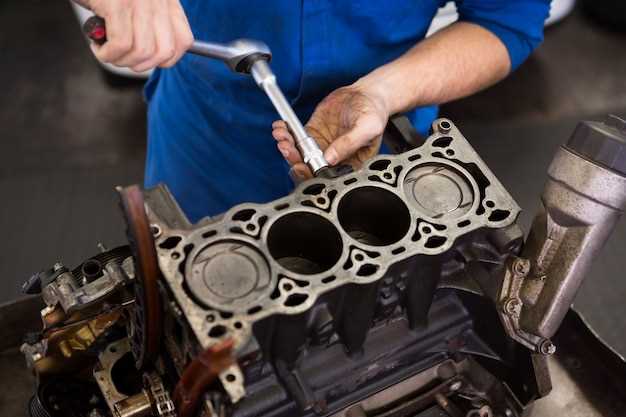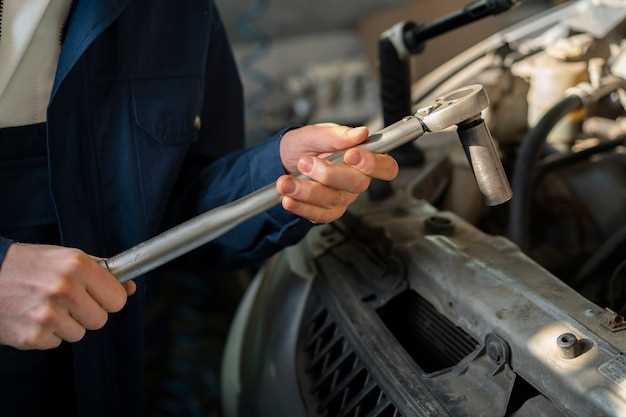
When it comes to maintaining classic engines, few parts are as crucial yet often overlooked as belts and hoses. These components, typically made from rubber, play an essential role in the overall function and performance of vintage vehicles. The integrity of belts and hoses directly impacts the engine’s ability to operate efficiently; therefore, timely inspections can prevent expensive repairs and enhance longevity.
The aging process significantly affects rubber parts, leading to cracks, frays, and, ultimately, failure. Classic cars, which are frequently subjected to fluctuating temperatures and environmental factors, may experience accelerated deterioration of these materials. Regularly assessing the condition of belts and hoses not only ensures safety but also promotes optimal engine performance.
Knowing what to look for during an inspection can empower classic car enthusiasts to address small issues before they escalate. Understanding the common signs of deterioration and the importance of immediate replacement will lead to a more reliable and enjoyable driving experience. By prioritizing the health of these critical components, owners of classic engines can keep their vehicles running smoothly for years to come.
Identifying Signs of Wear in Rubber Components
Rubber components, such as belts and hoses, are essential in classic engines, but they are susceptible to aging and deterioration over time. Recognizing the signs of wear in these materials is crucial for maintaining optimal performance and preventing potential failures.
One of the primary indicators of aging in rubber is the development of cracks or fissures. As rubber degrades, its elasticity diminishes, leading to surface irregularities that can compromise functionality. Inspecting these surfaces closely can reveal minor cracks that may progress into significant breaks if left unaddressed.
Additionally, a rubber component may exhibit signs of hardening. This occurs as the material loses its flexible properties, making it more prone to fractures. A simple test involves pressing on the rubber; if it feels rigid and does not return to its original shape, replacement may be necessary.
Another telltale sign of wear is discoloration. A change in color–such as darkening or fading–can indicate exposure to UV light, heat, or chemicals, which accelerates the aging process. This alteration not only affects the aesthetic aspect but also suggests a potential reduction in the material’s integrity.
Furthermore, rubber components can become sticky or gummy due to environmental factors and prolonged use. When surfaces start to feel tacky, it’s a strong indication that the quality of the rubber is declining, potentially leading to decreased effectiveness in their respective functions.
It is also important to check for signs of bulging or swelling. This can occur when the rubber absorbs fluids or when internal pressure increases due to wear. Bulges may indicate a significant compromise in the structural integrity, necessitating immediate attention.
Regular inspection of rubber materials is vital to ensure that classic engines remain reliable and efficient. By identifying these signs of wear early, you can proactively address potential issues and preserve the longevity of your vintage machinery.
Best Practices for Maintaining Aging Materials

Maintaining aging materials in classic engines, particularly belts and hoses, is crucial for optimal performance and longevity. Regular inspections should be conducted to identify any signs of wear, such as cracks, fraying, or excess stiffness. These visual checks allow for early detection of potential issues, preventing more significant problems down the line.
Utilize proper cleaning techniques to remove dirt and debris that can accelerate deterioration. A mixture of mild soap and water can efficiently clean these parts without causing harm. Avoid harsh chemicals that could damage the rubber or resulting materials.
When storing or handling belts and hoses, avoid exposing them to direct sunlight or high temperatures, as these conditions can expedite aging. Instead, keep them in a cool, dry place, preferably away from other mechanical parts that might cause abrasion.
Applying a protective sealant can also prolong the life of aging materials. Specific products are designed for rubber components and help maintain flexibility while preventing cracks from developing.
Lastly, establishing a replacement schedule based on the type of material and usage can prevent unexpected failures. Consult manufacturer recommendations for replacement intervals to ensure safe and reliable operation of classic engines.
Tools and Techniques for Thorough Inspections

To effectively inspect belts and hoses in classic engines, employing the right tools and techniques is essential for identifying aging and deteriorating components. The first step is to obtain a reliable set of hand tools, including screwdrivers, wrenches, and clamps. These will allow you to remove any covers or shields that may obstruct access to the belts and hoses.
Using a flashlight is vital for examining hard-to-see areas. Ensure that you check under varying lighting conditions to uncover potential flaws that may not be visible in strong light. A mirror can also be beneficial in inspecting surfaces that are challenging to reach directly.
When it comes to the belts, look for signs of aging, such as cracks, fraying, or any surface abnormalities. The flexibility of the rubber material is also an important indicator; if the belt feels stiff or dry, it is likely past its usable life. A tension gauge can help assess the belt’s tension to ensure it is properly adjusted, preventing slippage or excessive wear.
For hoses, check for bulges, leaks, or hard spots. A simple squeeze test can determine the hose’s condition; it should feel flexible and resilient. If you notice any brittleness in the rubber, the hose may need replacement. Furthermore, inspect the connections for corrosion or cracks, as these can lead to leaks or attachment failures.
To maintain thoroughness in your inspection, establish a checklist that includes specific criteria for both belts and hoses. Documenting findings will help track the condition over time, allowing for proactive maintenance before components fail.
Finally, consider consulting a service manual for the specific vehicle model, as it often contains valuable information regarding the lifespan and replacement intervals for various parts. This knowledge, paired with diligent inspections, will ensure the longevity and reliability of classic engines.
